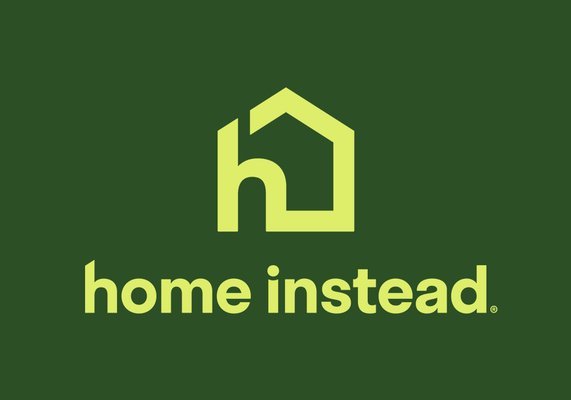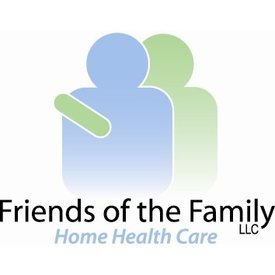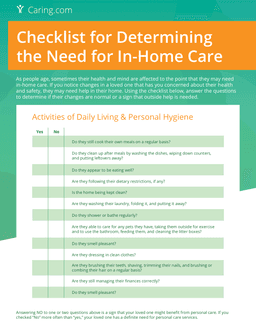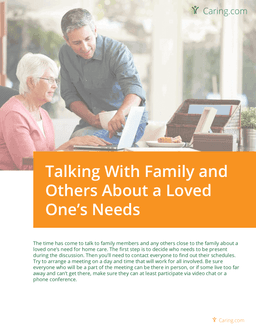
CARING STARS WINNER
134 W South Boundary St. STE O, Perrysburg, OH, 43551
4.6
(78 reviews)
I am extremely pleased with their service staff and management. Chantel is fantastic. Right at home provides me with personal care, meal prep, light housekeeping. My caregivers always arrive on time I have not ran into a Time incident with them. My i...
Pricing not available












